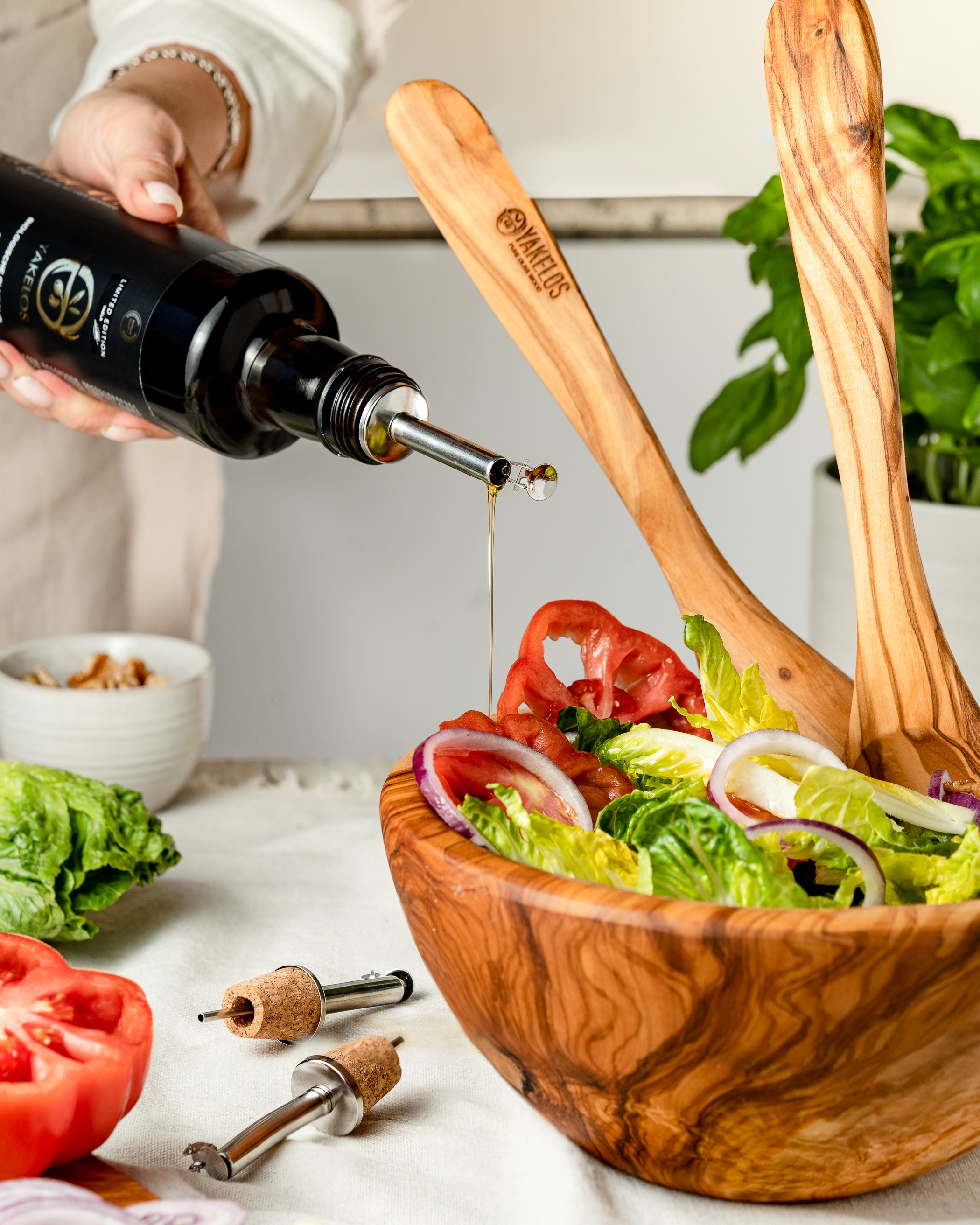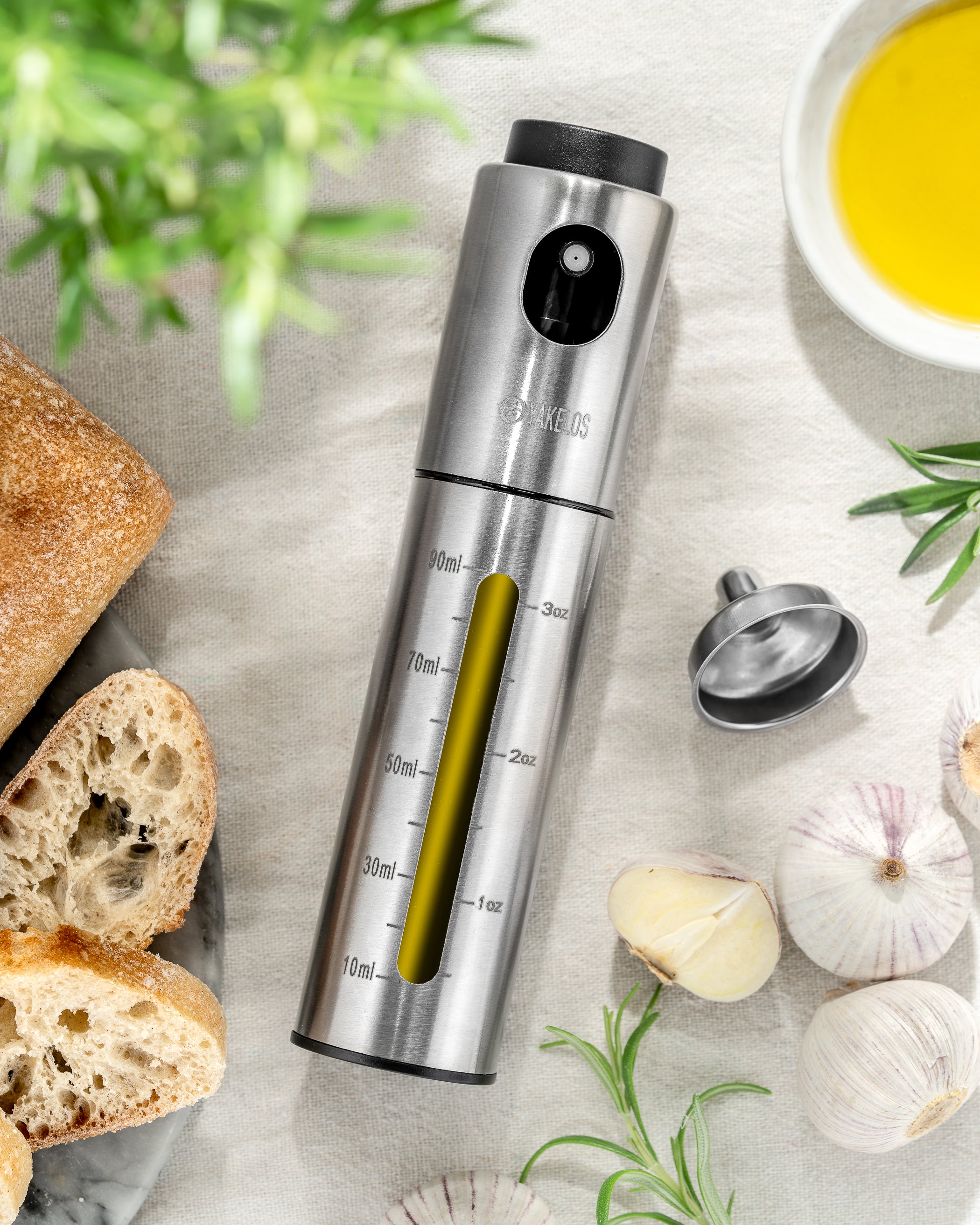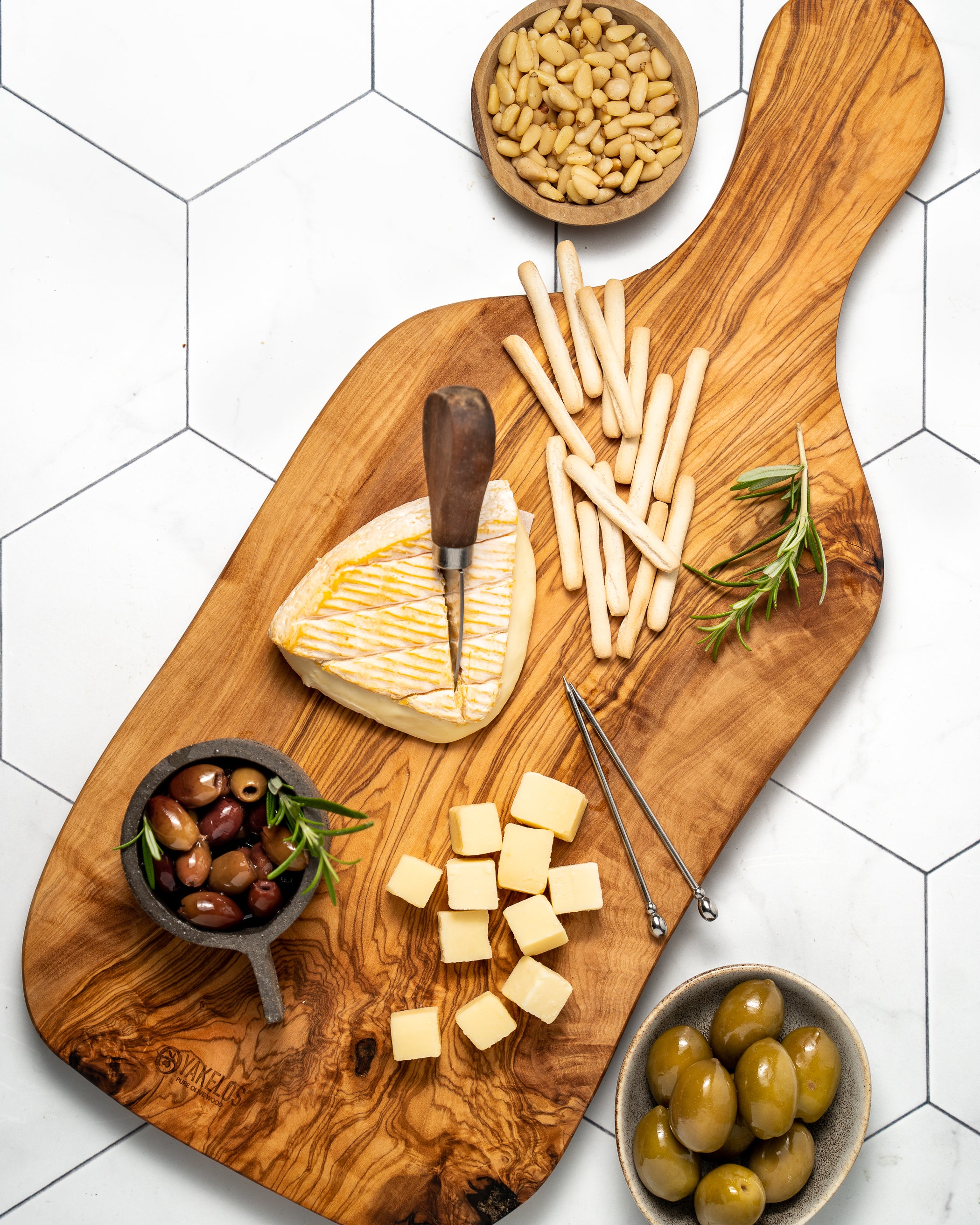The Mediterranean diet is widely praised these days, but can you draw a line on a map to determine where that diet begins and where it ends? Do people outside that area immediately eat a lot less healthily or is there a borderline? Of course, that Mediterranean diet was not a conscious choice of the inhabitants of the Mare Nostrum ('Our Sea'), but they ate what the land and the sea produced. Sometimes that yield was lavish, but more often they had to sweep up the crumbs to feed a family.
An example.
Suppose you are a fondue lover - derived from the French word fondre , which means 'to melt' - and you want to try something different, then I have the solution.
Bagna càuda is a regional dish from the Italian province of Piedmont, located in the far northwest of Italy. Piedmont has had the same problem for centuries: its location. It does not border the coast (so there is no supply of fresh fish), there are no salt mines, while olive trees and vegetables hardly dare to grow there (the terrain is mountainous and cold). The inhabitants were poor.
Bagna càuda means 'hot dip' or 'hot sauce' with a sense of 'to immerse', because the word bagna is ultimately also derived from our word 'bath' after many detours.
The dish is not even that old, according to food historians. They have been able to trace the first reports of bagna càuda back to the 16th century.
At first glance, there is not much difference between fondue and bagna càuda, but there is. It is a very simple dish: two ingredients are cooked in olive oil. This will dissolve the anchovies and the whole thing becomes a savoury sauce. You dip raw or cooked vegetables in it. This way, those old, somewhat wilted vegetables were made a bit more flavourful.
Bagna càuda is traditionally eaten during the autumn and winter months. These are already the rather bleak months for people with little winter food.





